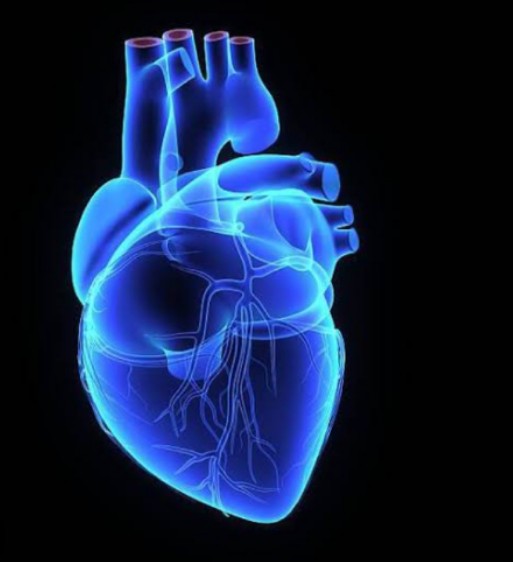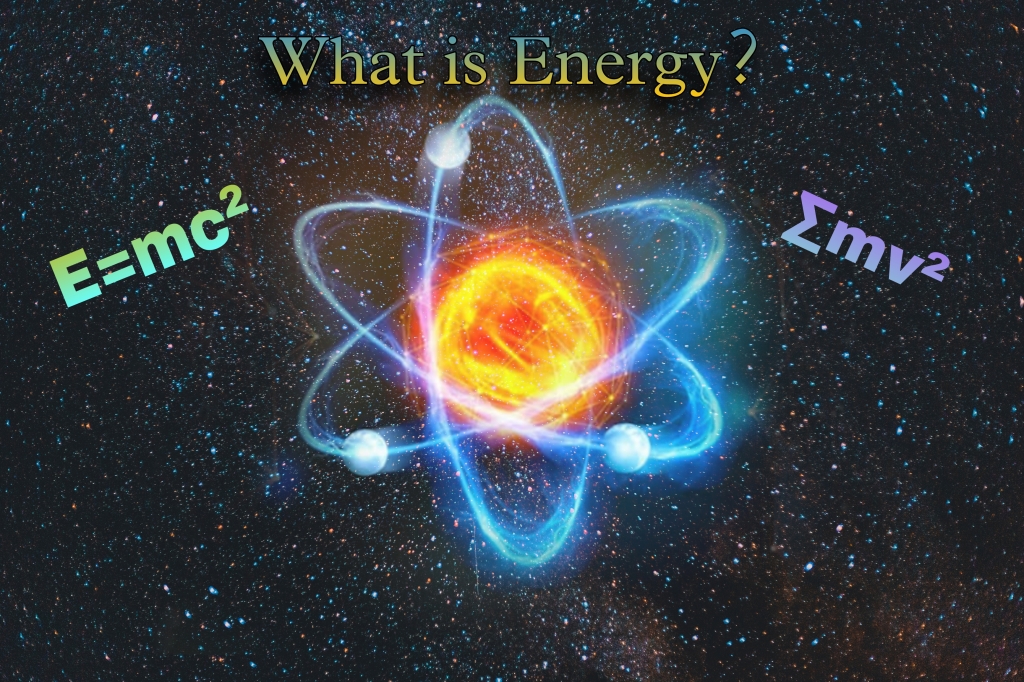Have you guys ever wondered how blood travels through our body? The physics behind this dynamics is going to be unveiled here.
This dynamics of blood flow is called hemodynamics. Understanding this dynamics will require us to study a whole lot of factors attributed to this study ,as the hemodynamic response is monitored and is adjusted according to the exogenous factors,
Before jumping into the dynamics involved first let us know how actually the blood is received and pumped out of our heart.Let’s keep it simple.
Firstly, the deoxygenated blood collected all over the body enters the right atrium through the vena cavas(superior vena cava and inferior vena cava- These are veins).Now this is squeezed into the right ventricle through tricuspid valve(muscle flap between right atrium and ventricle). When this right ventricle gets full, the tricuspid valve closes and the pulmonary valve opens , letting the blood flow to our lungs and get oxygenated via pulmonary artery.
This oxygenated blood is pumped back to the heart through pulmonary veins into the left atrium. Again, when the left atrium gets filled, the mitral valve(muscle flap thats between left atrium and ventricle) opens, allowing the oxygenated blood to go to the left ventricle . As this left ventricle gets filled up the mitral valve closes and aortic valve opens..and through aorta the blood is pumped out of the body

To study this dynamics we first must know how to calculate the velocity. In this case of hemodynamics, there are few factors we must take into consideration before calculating the velocity of blood. We relate the velocity of the blood with the cross sectional area. The reason why we do this is, the volume of blood pumped out and received by our heart is precisely the same. Also, the flow of blood in the walls of the vessel is much slower than the blood which flows through the middle of the vessel. Hence we take cross sectional area into account. (Now when this velocity is calculated we take its mean as the blood has laminar characteristics.)
The method used to calculate this velocity of blood includes laser doppler anemometry (We will discuss this method in upcoming articles) and a lot more.
To show the difference in the velocity of blood through the vessels during a systole(contracting phase of heart) and diastole (relaxed phase of heart) , we use the parameter pulsatility index which is given down.

The flow of blood through the veins is low as this flow becomes turbulent and in arteries the flow of blood is comparatively high as the flow is quite streamlined.
As said above the flow of blood is inversely proportional to cross sectional area, it should be understood that the velocity of blood through smaller vessels is very high. This means we need to use a lot of energy to move this blood and in the case of veins a lot more energy is consumed(as the flow is turbulent)
Blood pressure is one of the most important parameter of hemodynamics as it is the force exerted by the blood in the blood vessels, as it flows through it.
This is said to be the key parameter since it is the driving force for the circulation of the oxygenated blood throughout the body, supplying the essential nutrients to the tissues and organs.
The blood flow is regulated by the process of constriction (vasoconstriction) and dilation (vasodilation) of blood vessels. Now this causes the resistance to the blood flow.
Adequate blood pressure is required to maintain perfusion, the process by which the oxygenated blood and nutrients is delivered to the target. Changes in the blood pressure can negatively impact perfusion resulting in severe health condition (hypoperfusion). The influence of oxygen supply throughout our body solely depends on blood pressure. Hence change in the blood pressure, will affect the tissue oxygenation.
Now let’s see how this blood pressure influences the two most important forces in the concept of hemodynamics : shear stress(indirectly influenced)and circumferential stress(directly influenced).
What is shear stress?
Now this is the tangential force of the flowing blood ,acting on the endothelial surface of the blood vessel. But how is this shear stress related to blood pressure or the dynamics?
When the shear stress is high it promotes a whole lot of process which includes regulation in the direction of blood flow and secretion of the substance that promotes vasodilation and anticoagulation.
Now in the case of vasodilation, if this process occurs the pressure and force required for the blood flow will be comparatively lower than the ideal blood pressure. In case of vasoconstriction, the condition is vice-versa and the pressure plus force required for the blood flow is much higher than the ideal condition.
Speaking about the circumferential stress, it is crucial in understanding the mechanical properties of blood vessels and their response to the change in blood vessel during the blood flow. Circumferential stress refers to the stress exerted by the blood, during its flow, on the blood vessels(particularly arteries ). High circumferential stress will lead to arterial stiffness and various cardiovascular conditions.
But , how actually these forces influence the flow of blood? How did they become the pivotal part of hemodynamics? How do they influence blood transfusions?
The answer to these will be discussed in the next article of this short series “Hemodynamics”.
By ASMITHA .P . V.






Leave a comment